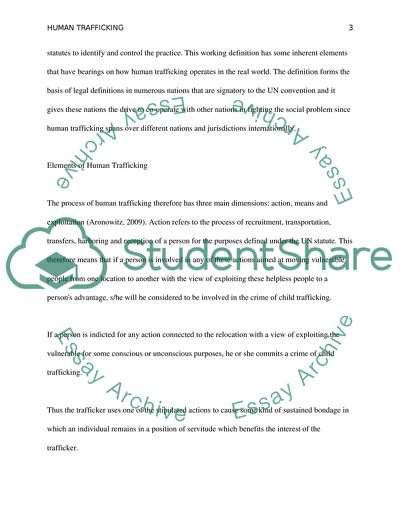Cite this document
(Human Trafficking: Position in the Global Setting Research Paper - 1, n.d.)
Human Trafficking: Position in the Global Setting Research Paper - 1. Retrieved from https://studentshare.org/people/1754842-human-trafficking
Human Trafficking: Position in the Global Setting Research Paper - 1. Retrieved from https://studentshare.org/people/1754842-human-trafficking
(Human Trafficking: Position in the Global Setting Research Paper - 1)
Human Trafficking: Position in the Global Setting Research Paper - 1. https://studentshare.org/people/1754842-human-trafficking.
Human Trafficking: Position in the Global Setting Research Paper - 1. https://studentshare.org/people/1754842-human-trafficking.
“Human Trafficking: Position in the Global Setting Research Paper - 1”, n.d. https://studentshare.org/people/1754842-human-trafficking.


